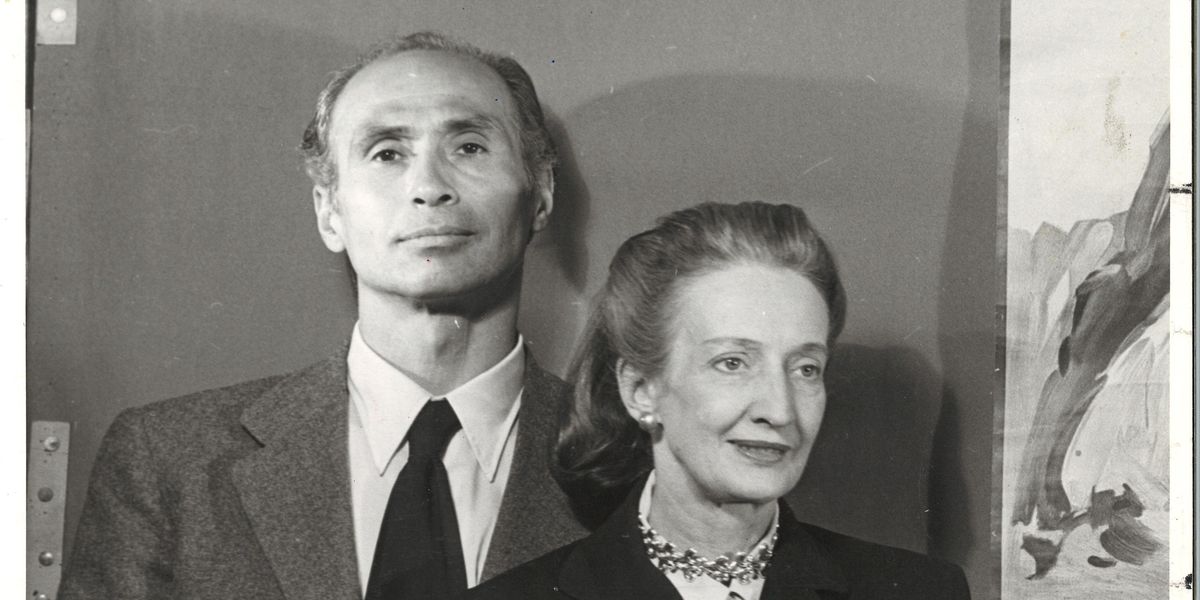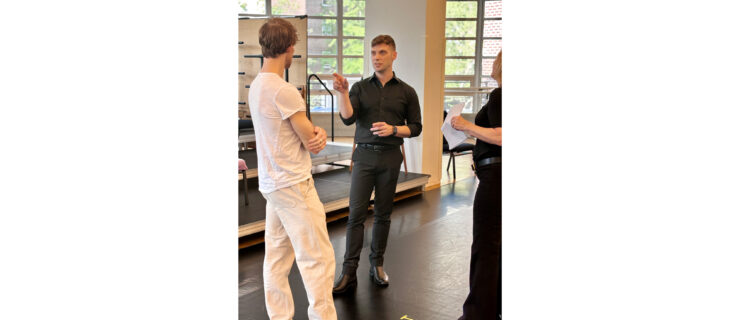#TBT: José Limón on What a Theater is Supposed to Be
The cover of the April 1956 issue of Dance Magazine featured a portrait of José Limón by renowned dance photographer Jack Mitchell. By that time, 10 years after the formation of the Limón Dance Company, its namesake was a well-established force in American modern dance.
Born in Mexico and having immigrated to the U.S. at a young age, Limón came to formal dance training relatively late after first pursuing the visual arts. He trained with Doris Humphrey and Charles Weidman and danced with their eponymous company throughout the 1930s. After serving in World War II (first as a driver in the Quartermaster Corps and then in Special Services, where he directed and danced in shows for fellow service members), he founded his company with Humphrey, who served as artistic director until her death in 1958.
Limón’s works, in which he frequently performed, married expansive, technically demanding movement with dramatic subject matter; The Moor’s Pavane, a distillation of Shakespeare’s Othello, is perhaps the most famous example. He often returned to Mexico to perform, teach and choreograph, at the invitation of the Mexican government. His company was also tapped by the U.S. State Department to tour abroad as part of cultural diplomacy efforts during the Cold War.

Courtesy DM Archives
In the April 1958 issue of Dance Magazine, after returning from one of these tours, he said, “These European opera houses are what I feel a theater ought to be. A theater is to me a temple—a place for the worship of the Muses.” Limón, who received a Dance Magazine Award in 1957, continued to choreograph until his death in December 1972.




